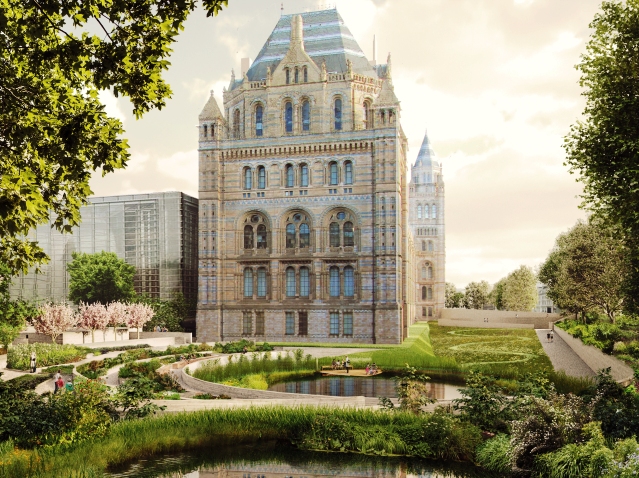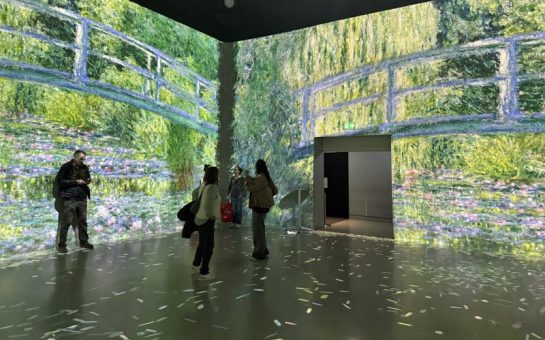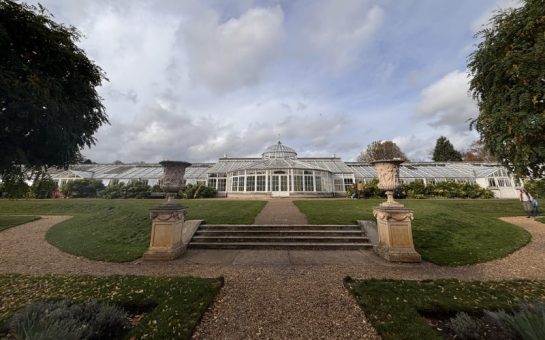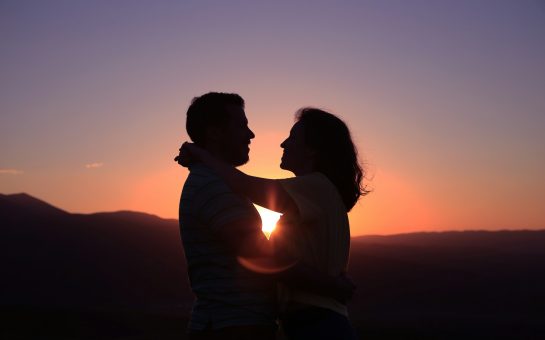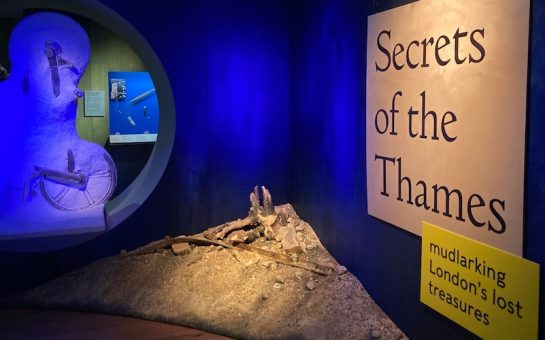The Natural History Museum is to undergo a multi-million renovation to create a more memorable experience for the millions of visitors it welcomes through its South Kensington door every year.
The Museum is hoping to use their large grounds to deliver an inspiring and memorable trip for its visitors.
Justin Morris, the Museum’s director of public engagement, said: “We believe an educational and inspirational experience can start before you enter the building.
“Our plans to develop our outdoor space will make better use of the space we have available to us.”
The museum welcomes 5.5million punters each year but not all are satisfied with the time spent in the confines of the grounds where entrance queues, which can last up to an hour and a half, stretch through the gardens.
Mr Morris hopes that the plans will ease access to the museum, and improve the flow of people by encouraging them to spend more time in and around the more spacious surrounding areas.
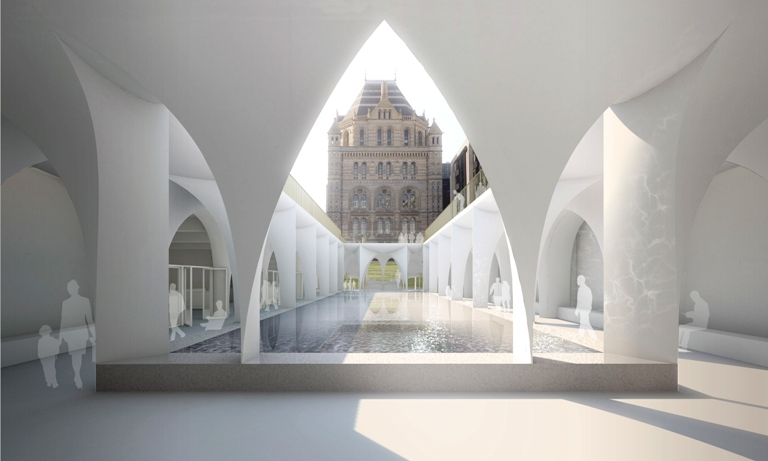 VISION OF THE FUTURE: Impression of the new courtyard © Niall McLaughlin Architects
VISION OF THE FUTURE: Impression of the new courtyard © Niall McLaughlin Architects
The main redevelopment work will take place outside the front of the Waterhouse Building
It will be split into three themed segments representing the story of life on Earth and key science themes of evolution, biodiversity and sustainability.
The eastern part’s main attraction will be Dippy the Diplodocus, the plaster-cast model dinosaur that currently sits in the museum’s main hall.
Dippy will be recast in bronze so that it can survive the elements while in the new garden, and its place in the hall will be taken by a skeleton of a Blue Whale.
With the east focusing on Earth’s early life and the theme of evolution, the west will centre on more modern environments.
A wildflower meadow will feature and a new garden will replace the existing Wildlife Garden.
However these garden plans have come in for some criticism, with Dr Steve Head from the Wildlife Gardening Forum expressing his concerns.
“We on the Forum Board are dismayed that the Wildlife Garden will be lost,” he said in an interview with Horticulture Week.
“Studies by museum scientists have found upwards of three thousand species in its small area and it has been, and should continue to be, a case study in evolving biodiversity.
“It is the only living part of the museum’s display to remind us of the importance and appeal of live biodiversity.”
Murray MacKay, the museum’s public relations officer, responded to the Dr Head’s comments.
“The Wildlife Gardening Forum are on record as expressing concerns in past weeks, however as part of our consultation we are actively meeting with natural history societies, including the Forum, and are receiving positive and constructive feedback more recently,” he said.
The museum confirmed that biodiversity experts and scientists from the Natural History Museum are being consulted so that the current wildlife and its habitat are disrupted as little as possible.
The design is still in the consultation phase and has not yet been submitted as a planning application.
Amendments are therefore still possible and may be considered if opposition from the likes of Dr Head persist.
If plans are approved construction is set to take place between 2017 and 2020.
Image courtesy of Niall McLaughlin Architects, with thanks
